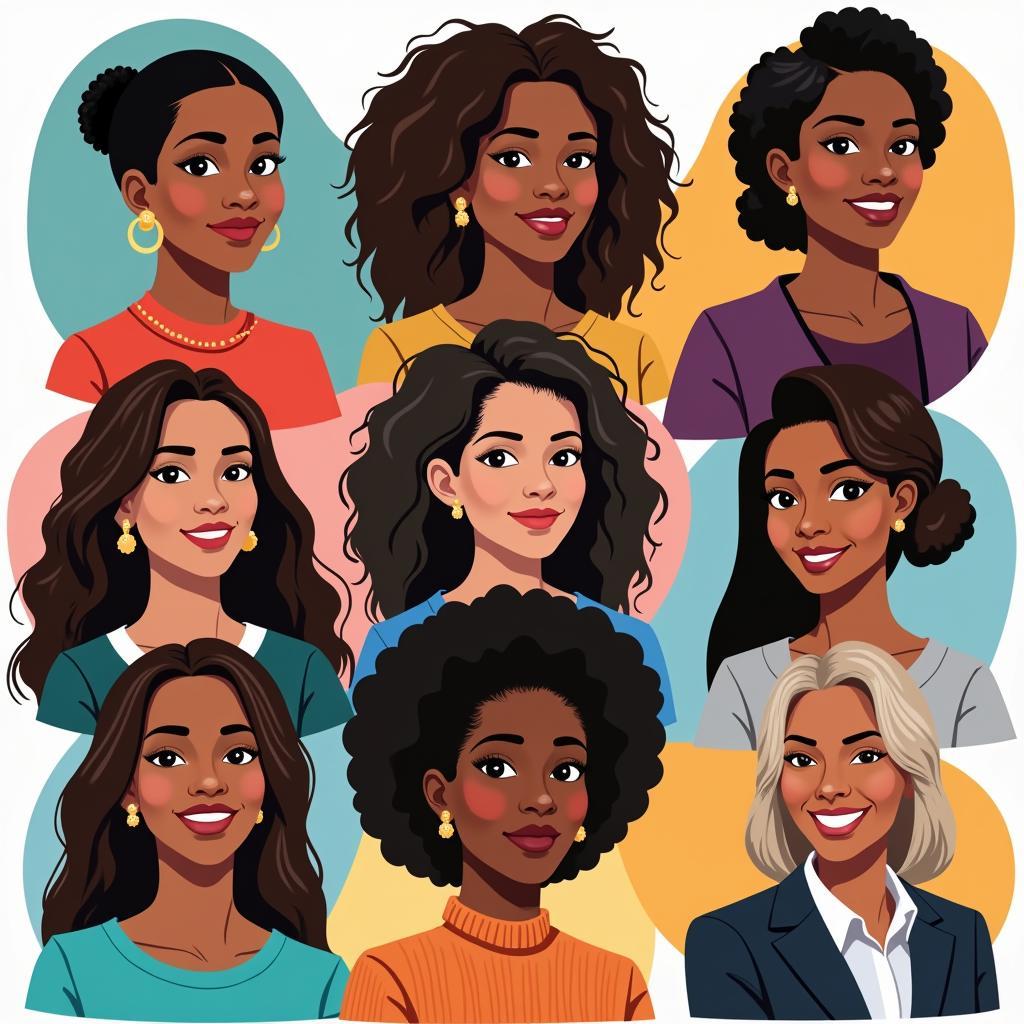Unraveling the Myth: Exploring the Term “African Dwarf Girl”
The term “African Dwarf Girl” often arises from a place of curiosity, but it’s crucial to approach this topic with sensitivity and respect. This phrase, while seemingly descriptive, carries with it a history of harmful stereotypes and misrepresentations of African cultures. This article aims to delve into the issues surrounding this term, providing a nuanced understanding of dwarfism within the diverse tapestry of Africa.
Challenging the Generalization
Africa, a continent of immense cultural and genetic diversity, defies simplistic generalizations. Attributing specific physical traits like dwarfism to an entire continent disregards the unique beauty and individuality of its people. Just like any other population group worldwide, dwarfism occurs in Africa with varying prevalence rates across different regions and ethnicities.
Understanding Dwarfism
Dwarfism, generally characterized by short stature, results from various medical conditions. These conditions often have genetic origins, while others may arise from growth hormone deficiencies or skeletal dysplasias. It’s important to note that dwarfism is a medical term, not a cultural identity.
Respectful Terminology: Shifting from “Dwarf” to “Little People”
The term “dwarf” has increasingly been replaced by “little person” or “person with dwarfism” within many communities. This shift in language reflects a growing awareness of person-first language, emphasizing the individual rather than their medical condition.
Dispelling Myths and Stereotypes
Historically, certain cultures around the world, including some in Africa, have held unique beliefs and traditions surrounding dwarfism. These beliefs, often rooted in mythology and folklore, should not be mistaken as universal truths or representative of the entire continent’s perspective. It’s vital to approach such cultural nuances with respect and avoid perpetuating harmful stereotypes.
Celebrating Diversity and Promoting Inclusivity
Instead of focusing on physical differences, let’s celebrate the rich diversity that exists within Africa and across the globe. Promoting inclusivity and understanding for all individuals, regardless of their stature or any other characteristic, paves the way for a more just and equitable world.
Conclusion
The term “African dwarf girl,” while often used out of curiosity, can perpetuate harmful generalizations and stereotypes. By understanding the diversity of Africa, recognizing the complexities of dwarfism, and embracing respectful language, we can engage in more meaningful and respectful conversations. Let’s continue to learn, challenge our biases, and celebrate the richness of human experience in all its forms.


